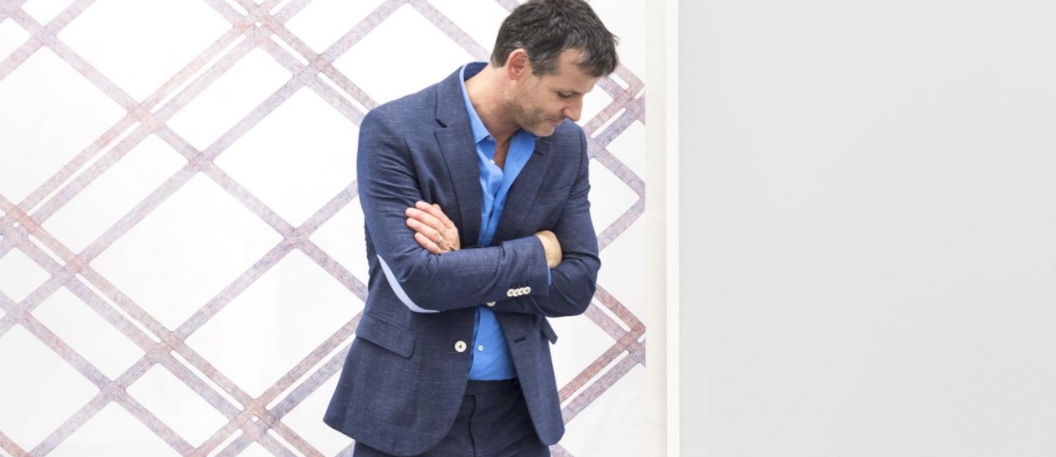News
News feed
-
WED 3 December 2025
THE FRILLS OF LIFE
Over the years, Klodin Erb has produced a vast oeuvre as an artist, branching out into various directions, media and themes. At the core of her work, however, lies one specific practice and its unique capabilities: painting. In two concurrent shows in Aarau and Le Locle, the 2022 winner of the prestigious Prix Meret Oppenheim lifts the curtain to present a life in painting – and painting’s own astonishing liveliness.
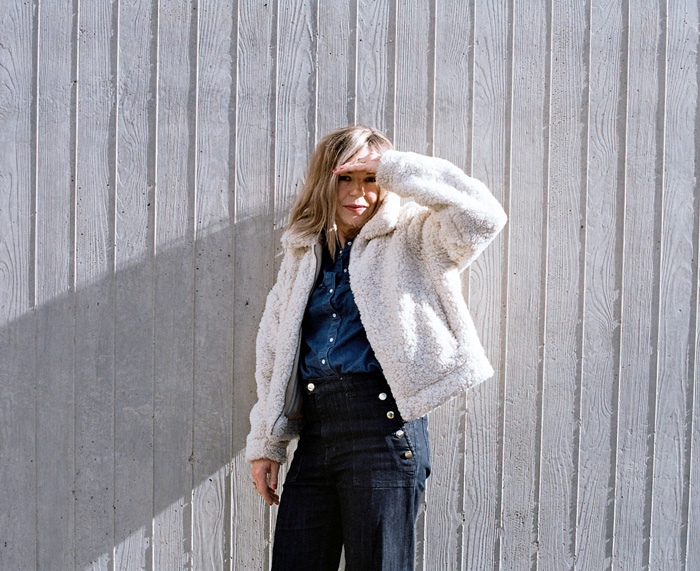
-
Tue 6 November 2025
The sublime and the ridiculous
Technical mastery? Conceptual smartness? Cheeky humour? Francisco Sierra manages to combine all these things in works that are as thoughtful and complex as they are stunningly executed, yet they also come with a certain lightness – and even a bit of fun. The artist is currently showing his work in a solo exhibition at Kunstmuseum Solothurn.

-
Tue 14 October 2025
A Foreigner Everywhere
Over the course of her career spanning multiple decades, artist Leiko Ikemura has achieved bridging East and West, culture and nature, and the animal and human worlds alike. In her current show at Bündner Kunstmuseum in Chur, Ikemura looks back at a formative stay in the Swiss Alps more than thirty years ago, which led to significant changes in her work, and brings it into a present context.
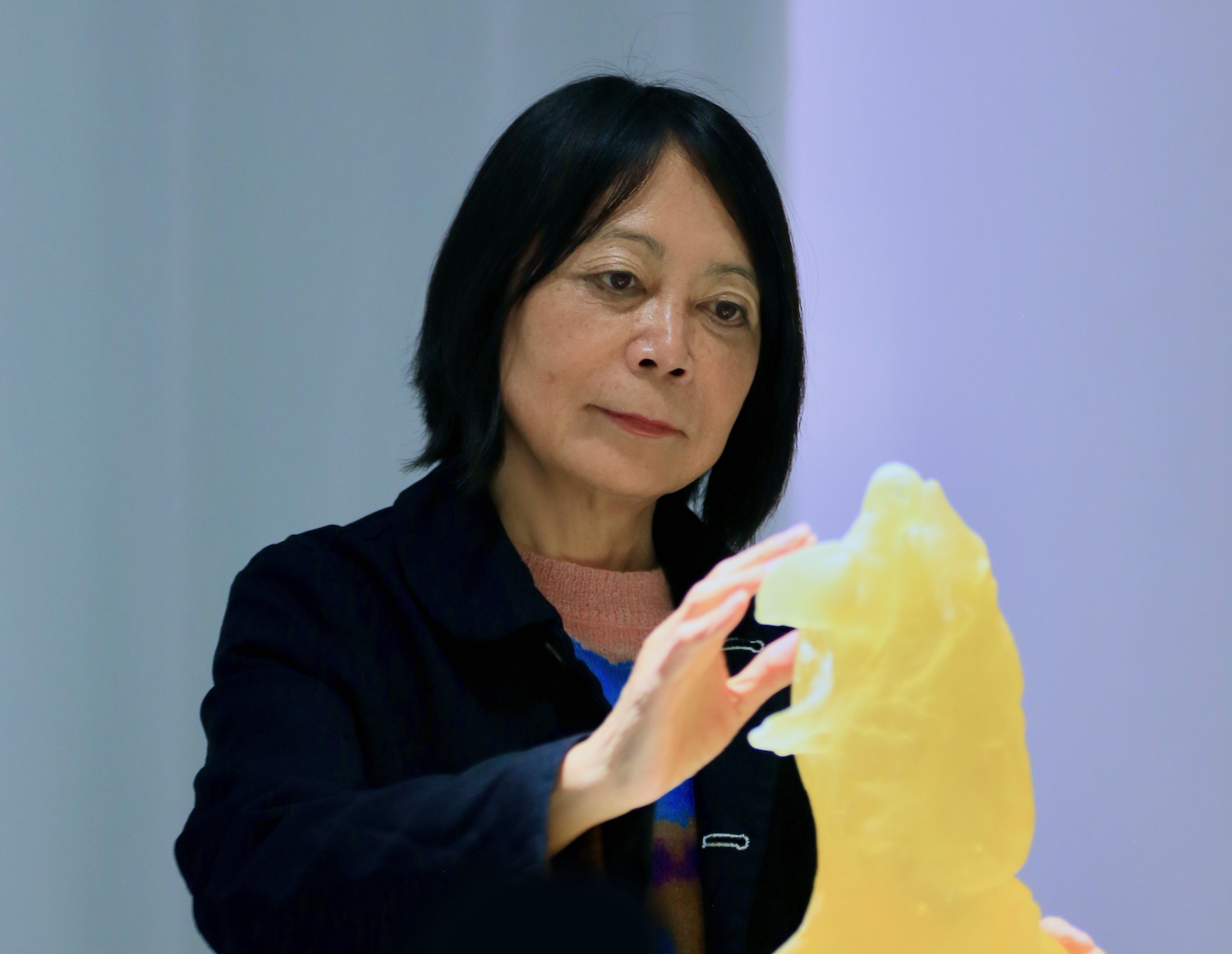
-
MO 31 March 2025
Still waters run deep
Roman Signer is one of the key Swiss artists of the last fifty years. As someone who is interested in energy and force as much as the passing of time, Signer has developed his very own form of ‘time sculptures’ over the years. Kunsthaus Zürich is showing a selection of Signer’s works from the 1970s until the present day in a large solo exhibition from 4 April to 17 August 2025.

-
THU 26 September 2024
Don’t Judge a Book by Its Cover
With its meticulously constructed images, visual puns, historical references and a unique take on photography, Bernard Voïta’s art has evolved as a highly distinctive view of what we call ‘reality’. Currently, his work is on view at Fotostiftung Schweiz in Winterthur.
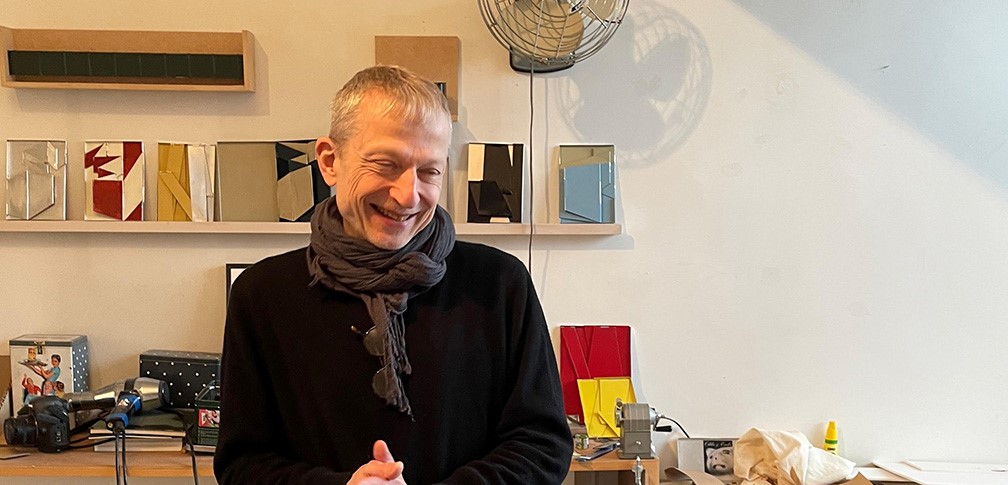
-
MO 12 August 2024
Gina Proenza: Words Count
What do we tell each other? How do we talk to others? Which words do we use, and what do they ‘do’? In her work, artist Gina Proenza repeatedly turns to questions like this – questions of understanding, communication, language, and power. Because it quite literally matters, what stories we tell and how we use words.

-
Tue 28 May 2024
Fabian Marti: The Poodle and the Octopus
For the next three years, Julius Baer is the Lead Partner of Zurich Art Weekend. The event bundles the energies of the city’s vivid art scene and brings together museums, art collections, galleries, and off-spaces for a long weekend before Art Basel in early June. One of the artists exhibiting during Zurich Art Weekend is Fabian Marti, a key figure of the Swiss art scene for the last 15 years. In a two-person show with fellow artist Pentti Monkkonen, Marti will present new works at the art space of Acrush.

-
MO 13 May 2024
Pipilotti Rist: Out Of The Bag
Pipilotti Rist’s playful, highly inventive and decidedly female take on video art and image-making technologies has made her one of the key global artists over the last 30 years. From today’s perspective, with images constantly surrounding us, the Swiss artist’s accessible, genre-defying and utterly joyous work feels visionary. This year Rist is set to receive the Kulturpreis des Kantons Zürich, one of Switzerland’s most prestigious cultural awards.

-
WED 10 January 2024
Markus Raetz: The Wandering and Wondering Eye
The late Swiss artist Markus Raetz spent a lifetime pursuing questions of perception and perspective and created an utterly unique and stunningly beautiful oeuvre. Currently, the first posthumous retrospective of Raetz’s delicate works is on view at Kunstmuseum Bern.
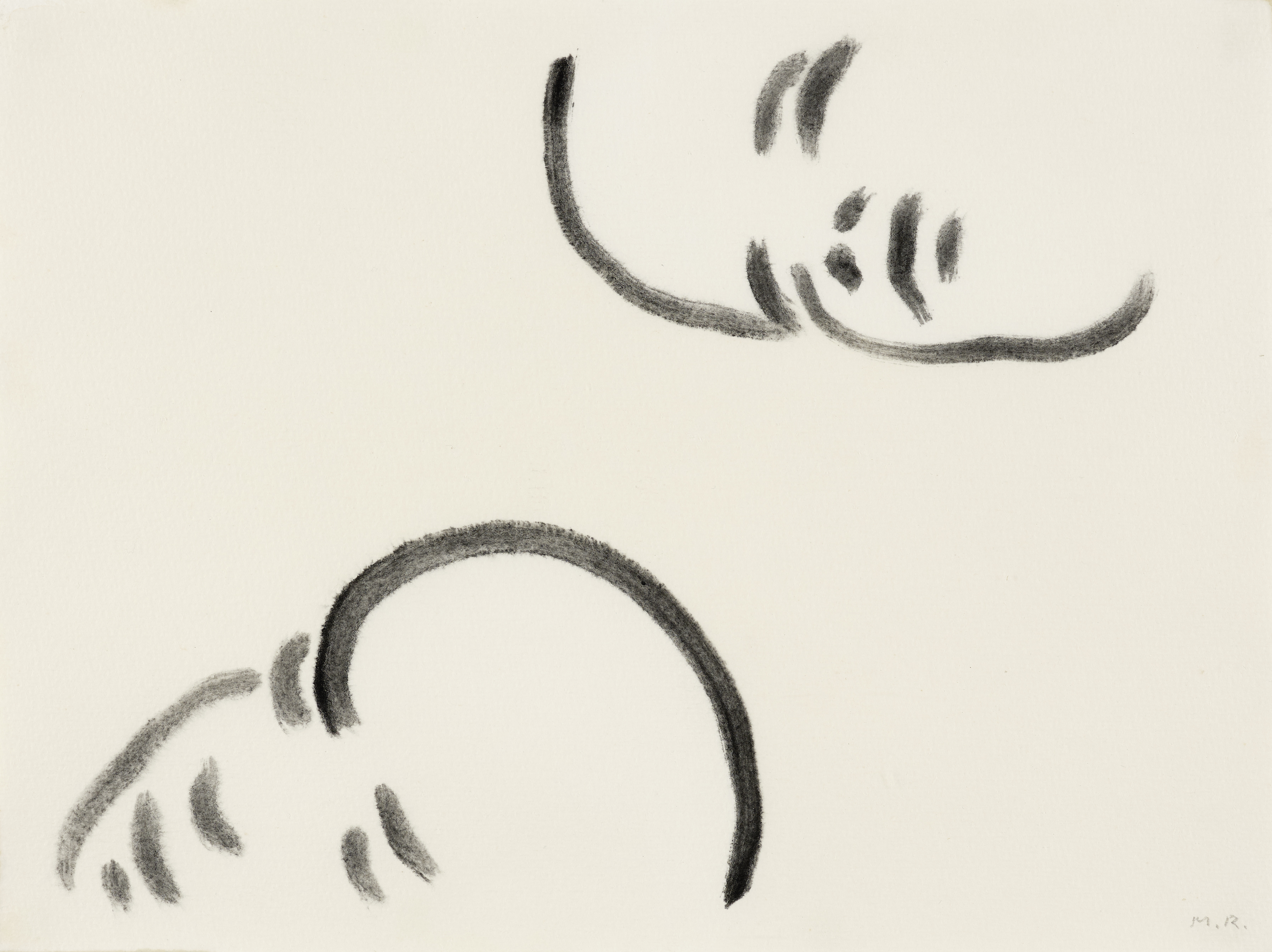
-
MO 13 november 2023
Dorian Sari: ‘I am an artivist’
In their artistic practice, Dorian Sari paradoxically combines a strong message with the intricate dialectics of showing and hiding. Fluidity and change are central to their decidedly contemporary work. Learn more about Sari’s deeply political understanding of making art.
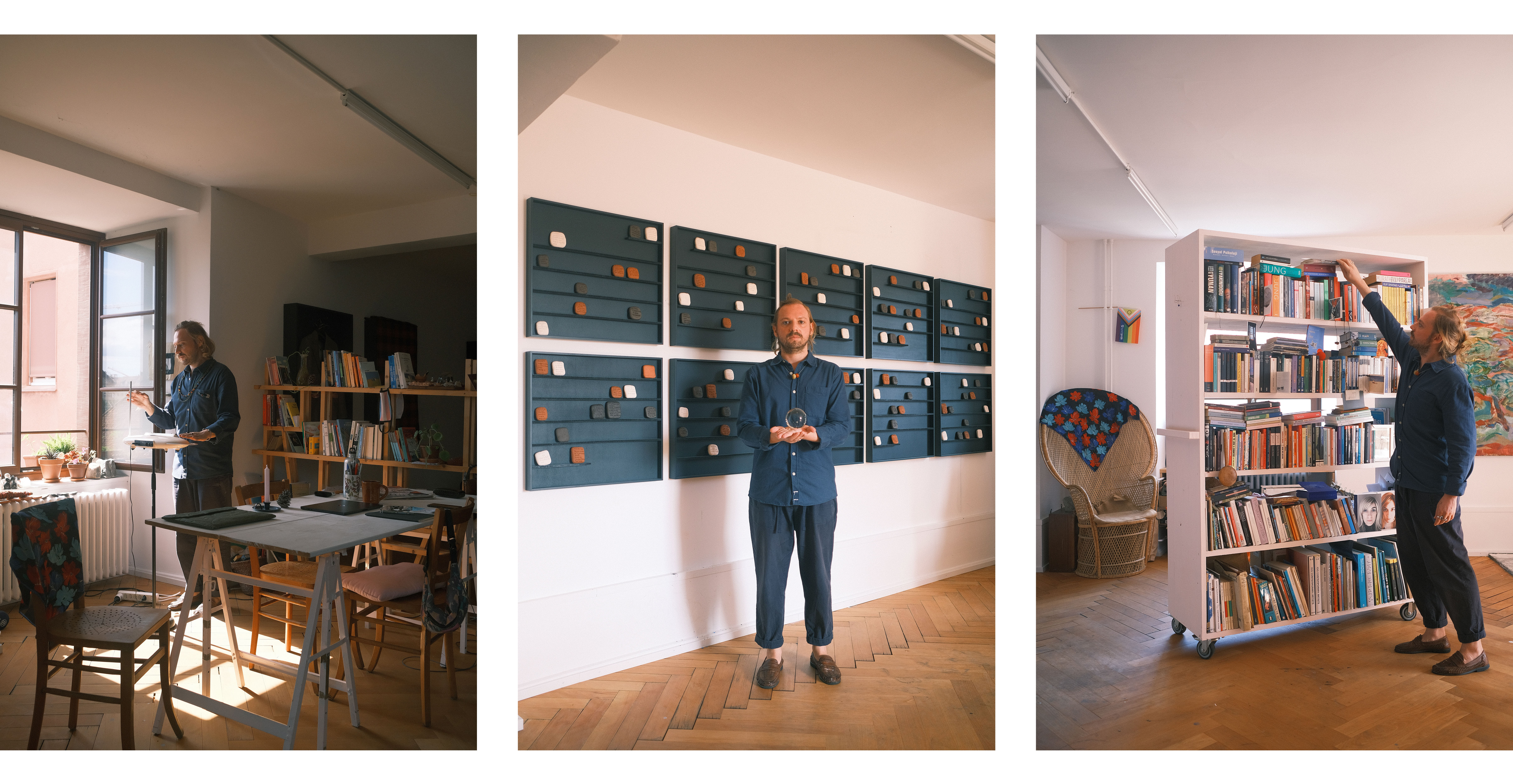
-
Thu 27 July 2023
Sylvie Fleury: Tailoring Objects of Desire
In ‘Colorful 5 (Gold and Blue)’, a 2018 painting from Swiss artist Sylvie Fleury (b. 1961), a lineup of four bands – each of which has a blue undertone – progresses from light to dark in quarter turns, punctuated with a contrasting gold-hued strip at the far right of the work, and all encased in black trim on its large, pill-shaped canvas. The form of this work is reminiscent of Frank Stella’s shaped canvases, which are significant and unique compositions in themselves rather than standardised supports that merely make compositions possible. Fleury is known for her barbed appropriations of modern art’s visual shorthands – especially those imposed by the male-dominated canon of art history – and ‘Colorful 5 (Gold and Blue)’, one of four works by the artist in the Julius Baer Art Collection, is no exception.
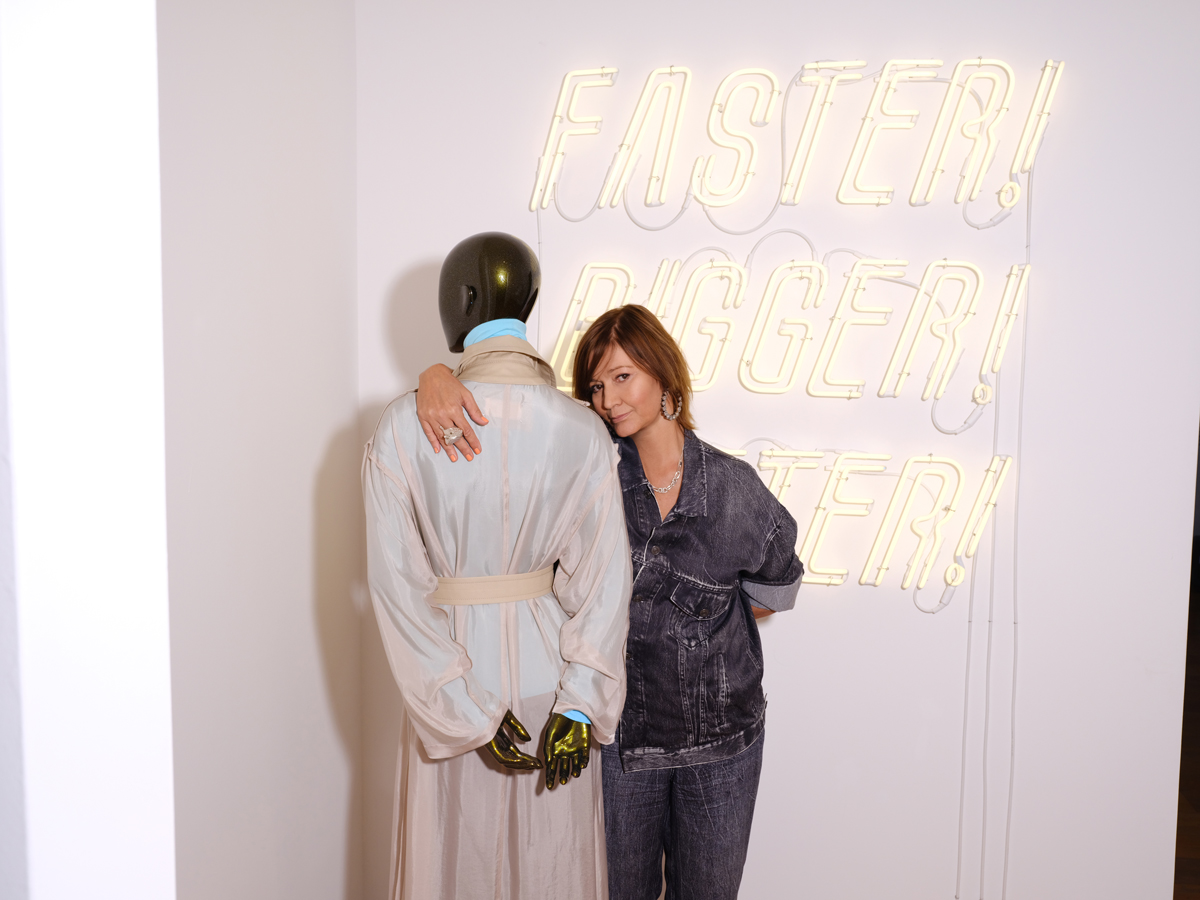
-
WED 03 May 2023
Miriam Cahn’s Intimate Confrontations
Cavernous eyes – their contours definitive and sure – glare out from faces rubbed with charcoal veils in Miriam Cahn’s 1985 drawings titled ‘L.I.S. . . . Hinsehen’ (Look At). L.I.S., Cahn’s shorthand for ‘Lesen im Staub’ or ‘reading in dust’, is an apt name for this series and its eyes that drill through the charcoal’s porous carbon to confront viewers with a dark, knowing strength.
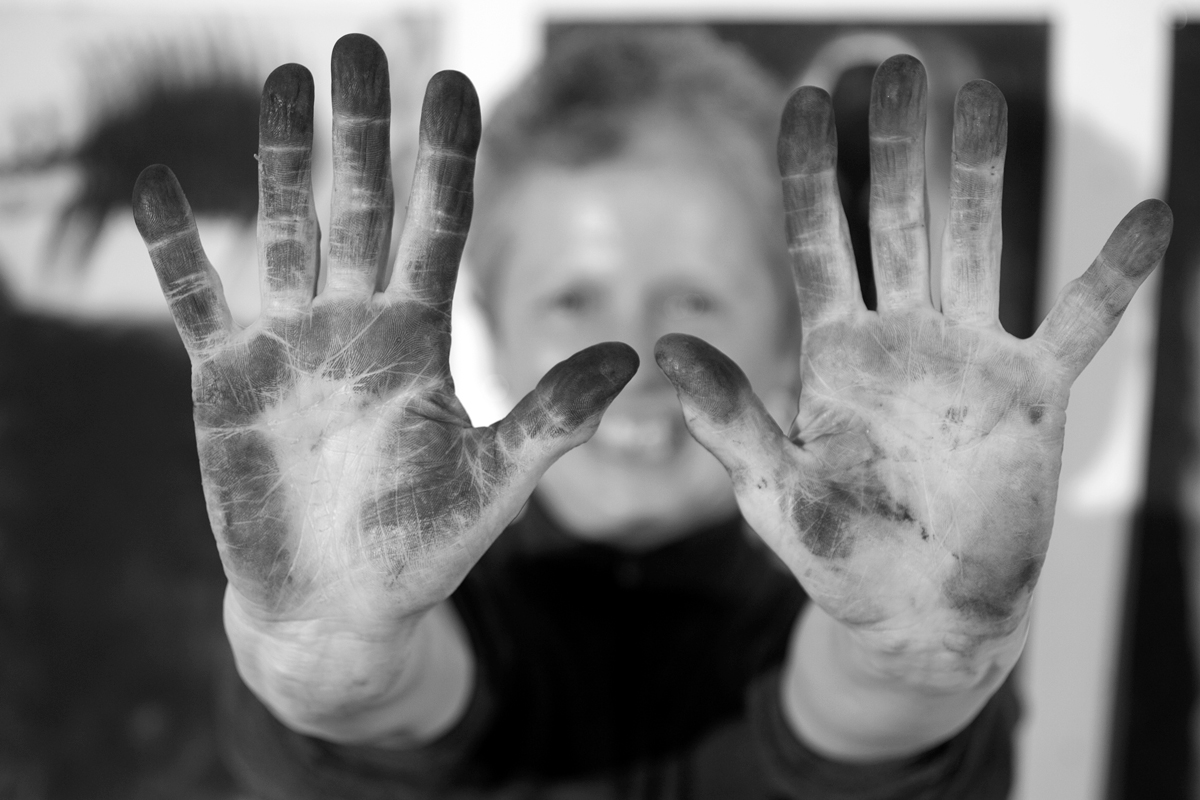
-
FR 20 January 2023
Sound images: the art of Christian Marclay
Christian Marclay (b. 1955) composites ideas through the materials he arranges, recycles, and reimagines. Many bios cite the Swiss-U.S. artist and composer as a pioneer of DJing, as Marclay began experimenting in the late 1970s with records and turntables to mix sounds. Since then, Marclay has continued to puzzle together sounds, films, printed matter, and canvases – configurations that encourage sensory correspondences. These correspondences can be seen in the dozen Marclay works that have a home in the Julius Baer Art Collection as well as in the artist's solo exhibition at the Centre Pompidou in Paris on view through 27 February 2023.
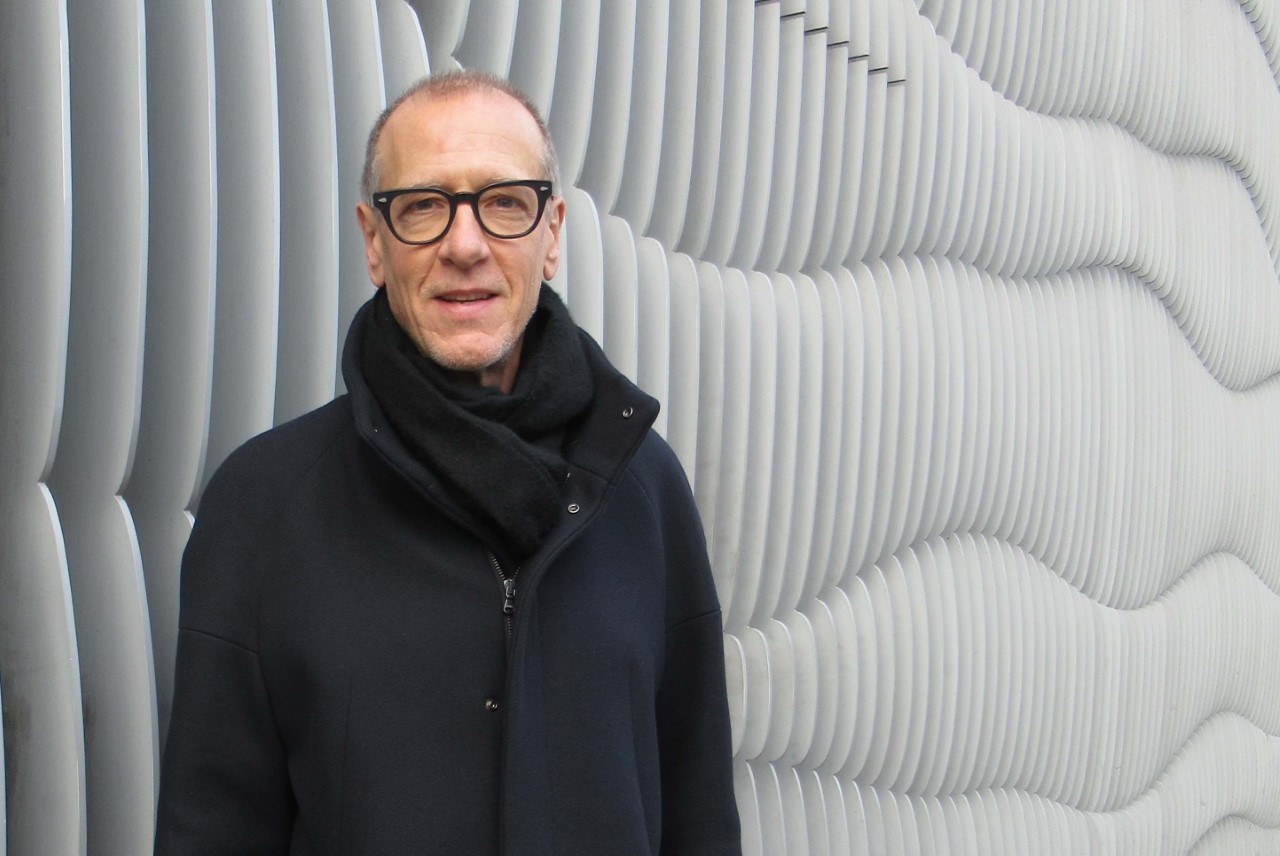
-
FR 16 December 2022
An exhilarating seduction of the senses – Yves Netzhammer
Zurich-based artist Yves Netzhammer has transformed the premises of Museum Haus Konstruktiv into a poetic and atmospheric multimedia visual cosmos. Since the Art Committee discovered Netzhammer’s talent at an early stage in his career, innovation has been the key word in his constantly evolving art. Today, the collection houses a representative selection of his works from his various creative periods.
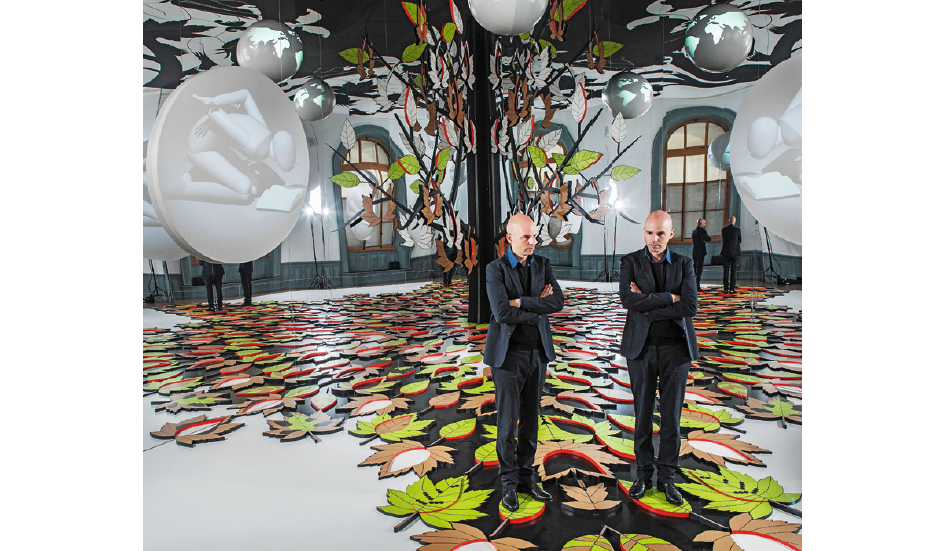
-
MO 31 October 2022
Andriu Deplazes: A sore point
Great empathy is evident in the paintings and drawings of Andriu Deplazes. Numerous exhibitions in recent years have shown him to be an artist who deftly counters the subjective instability of the present with pictures characterised by precision. There is an inherent uncertainty to them as well as an intuition of the vulnerability of people and nature. A sense of imperilled happiness blossoms in his radical and yet sensitive Expressionism.

-
TUE 16 August 2022
Chloé Delarue: Art and the humanity of tech
By bringing together familiar materials and combining them in unfamiliar ways, Chloé Delarue’s installations produce a disquieting effect. The fierce light emitted from her sculptures evoke a sense of endless day. On some levels we know what we see, but how do we make sense of it all put together in this way? Our senses – sight, sound, even the smell of latex – are awakened and our minds begin to whir.
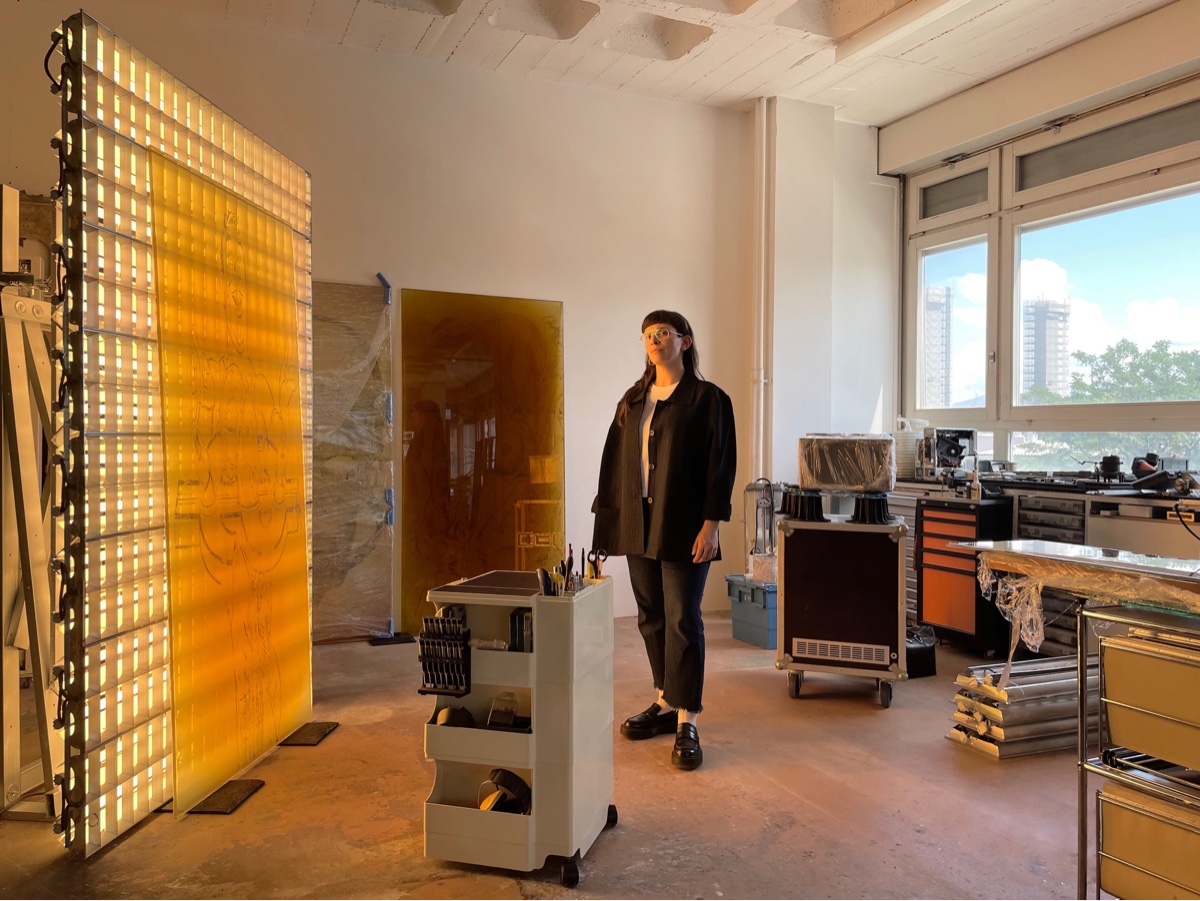
-
MO 2 May 2022
An Eye for Everyday Life – Jean-Frédéric Schnyder
This year there are several exhibitions devoted to the oeuvre of the great Swiss artist Jean-Frédéric Schnyder – and two of them are in Bern: Kunsthalle Bern is showing works from 1970 to the present day, while Kunstmuseum Bern is focusing on his early phase from the 1960s to the 1980s. The Julius Baer Art Collection is proud to have discovered this talented Swiss artist early on in his career, and the collection is now fortunate enough to own a representative group of his works.

-
MO 28 February 2022
Vanessa Billy: Meaningful Materials
Swiss artist Vanessa Billy (b. 1978) bends reality and ideas into forms that are at once familiar and foreign. In ‘We Become’, the artist’s solo exhibition at the Kunsthaus Pasquart in 2021, what appeared to be a pair of giant pink lightbulbs were splayed on the floor—one of many works that built an exhibition landscape of altered nature. The distorted glass spheres are reminiscent of bubble gum balloons just before they pop: gossamer pink bellies that transition to crimson red where the handblown glass tapers into a cork fashioned from thick cables. Titled ‘Prises de Conscience’, 2019, these objects wed the industrial and handmade, provoking an urge in the viewer to touch them, while simultaneously one senses danger coursing through the work.
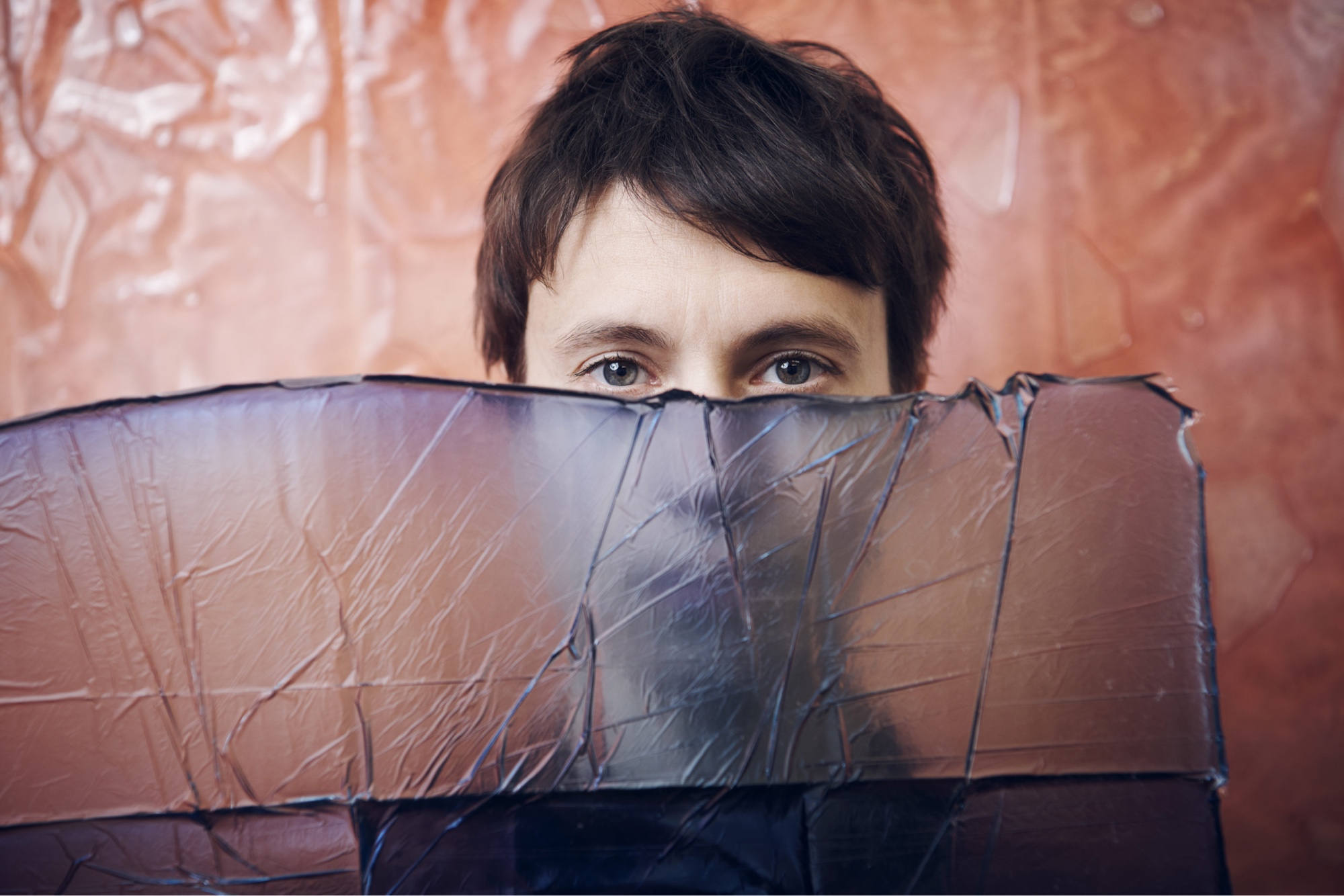
-
THU 27 January 2022
Meret Oppenheim: Subconscious Explorations
In 1932 at the age of 18, Meret Oppenheim (1913–1985) uprooted from Basel, Switzerland and left for Paris, France, the locus of the burgeoning Surrealist movement. When Oppenheim touched down in the Surrealist’s Parisian nest, her primary mediums were poetry, drawing, and watercolour. She arrived as a natural-born Surrealist equipped with a profound curiosity and understanding of dreams and the subconscious—an interest she grew up sharing with her father, a doctor, who was acquainted with psychoanalyst Carl Jung and closely followed his work. Oppenheim’s early inquisitiveness developed into a lifelong exploration of the subconscious, the primary source material from where she plumbed her creations that lace together more than a half-century of her artistic output.
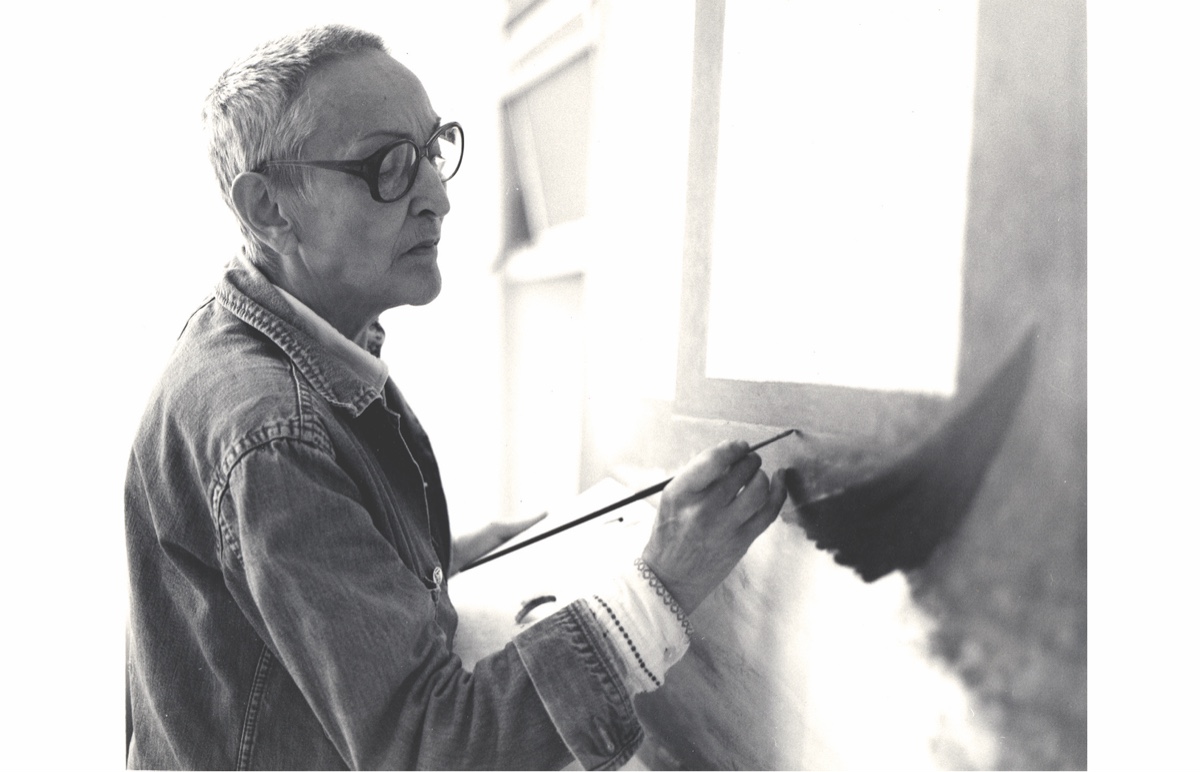
-
Mo 5 July 2021
Navigating an Invisible Map: Charlotte Herzig
“Painting is like an invisible map that I’m working with and navigating with,” says Julius Baer Art Collection artist Charlotte Herzig. Discover the story behind her work ‘You can’t be seen until you learn to see’.

-
Thu 15 April 2021
A Large-Format Photograph from the Julius Baer Art Collection Goes on Show
After a period of uncertainty and days spent patiently waiting: the exhibition ‘Claudio Moser: Gegen Osten’, which runs until 24 May 2021 at Kunstmuseum Solothurn, is showing works spanning twenty-five years of the artist’s creative output. It includes the photograph ‘Jedediah Smith’ (2001), which is on loan from the Julius Baer Art Collection.

-
TUE 13 October 2020
Raphael Hefti: Artist of our Industrial Age
Had you encountered Raphael Hefti this summer, leaning over anodising tanks at BWB-Betschart AG in the Swiss village Stans, you may have wondered whether the artist was lost in the factory. But Hefti opens up creative potential hidden within streamlined industrial processes and in so doing illuminates much about our society. We followed him to document his latest adventure.
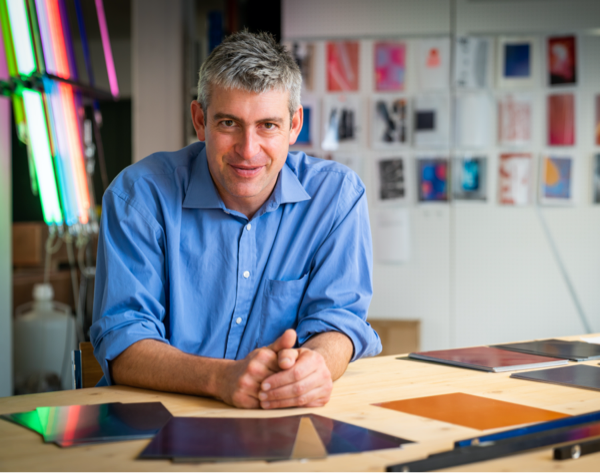
-
TUE 14 July 2020
Louisa Gagliardi: mining the ordinary for the extraordinary
Award-winning artist Louisa Gagliardi turns everyday moments into thought-provoking paintings. Her work ‘Ombre Rose’ is part of the Julius Baer Art Collection. We spoke with Louisa about her career, the arts scene in Switzerland and how 2020 is leaving its mark.

-
Su 24 March 2019
Jean Tinguely, the "mad dog" of kinetic art, returns to Zurich
They squeak, they rattle, they turn. In keeping with the artist Jean Tinguely’s motto “The only stable thing is movement – everywhere and always,” the Julius Baer Art Collection lent four of the artist’s works to the Atelier Bar in Zurich. Let his former assistant and the restorer of Museum Tinguely bring the humorous story to life.
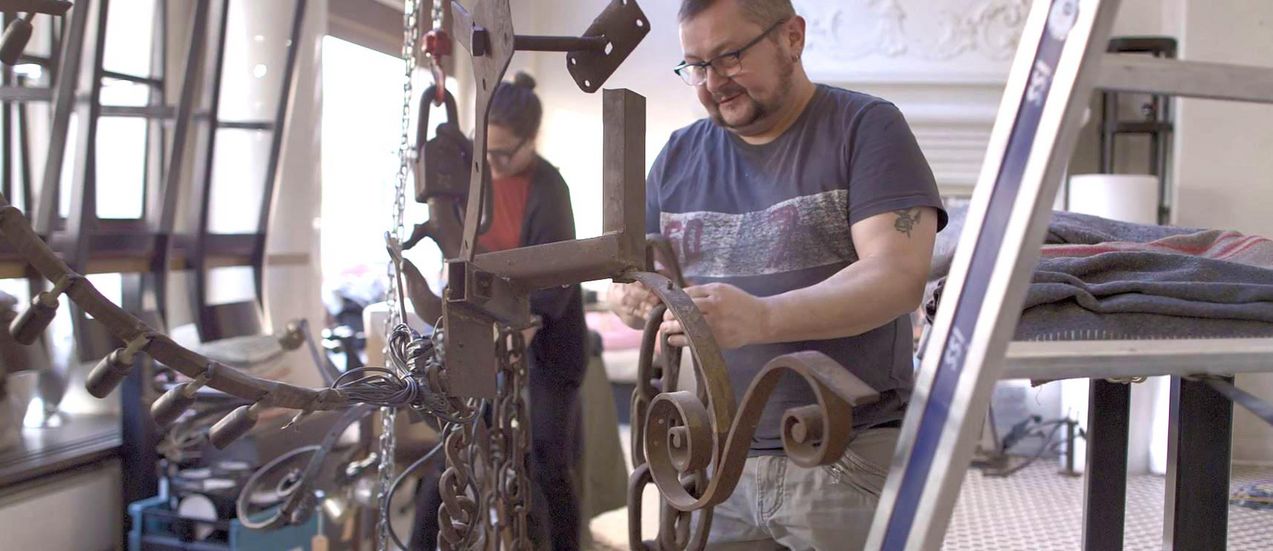
-
Fr 1 March 2019
Artist in focus: David Renggli
Agricultural rope. Straw cast in bronze. The Swiss artist David Renggli is no stranger to using unexpected materials to create his humorous and poetic works. In an interview at his studio outside Zurich, Renggli describes his inspiration and process, and shares the one thing he plans to avoid in future.
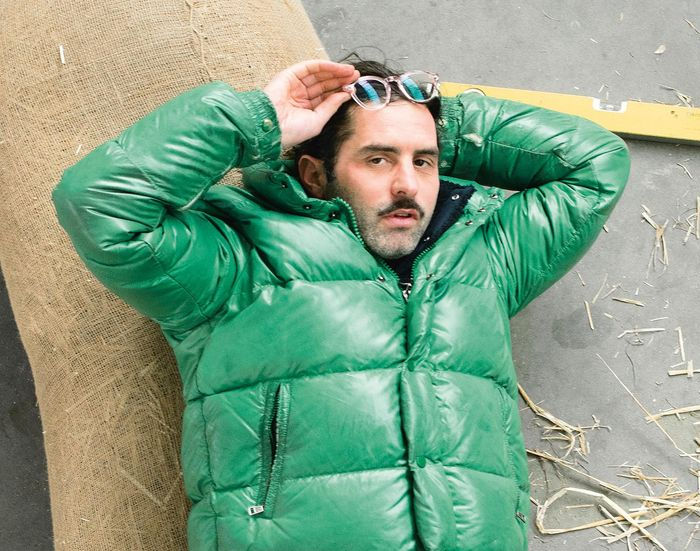
-
Mo 25 February 2019
Owning art – how to avoid legal and tax pitfalls
Artwork can be of immense aesthetic value, but it can also reflect its owner's values, traditions and even investment strategy. As many owners fail to consider the potential tax and legal implications of owning art at home and abroad, we have assembled the most important questions to ask yourself.

-
Fr 17 August 2018
Visualising sound
The intersection between sound and silence may seem daunting, obscure, and even impossible to portray. Enter Swiss-American artist Christian Marclay, whose vibrant pieces depict an astounding level of sound all the while being completely inaudible.
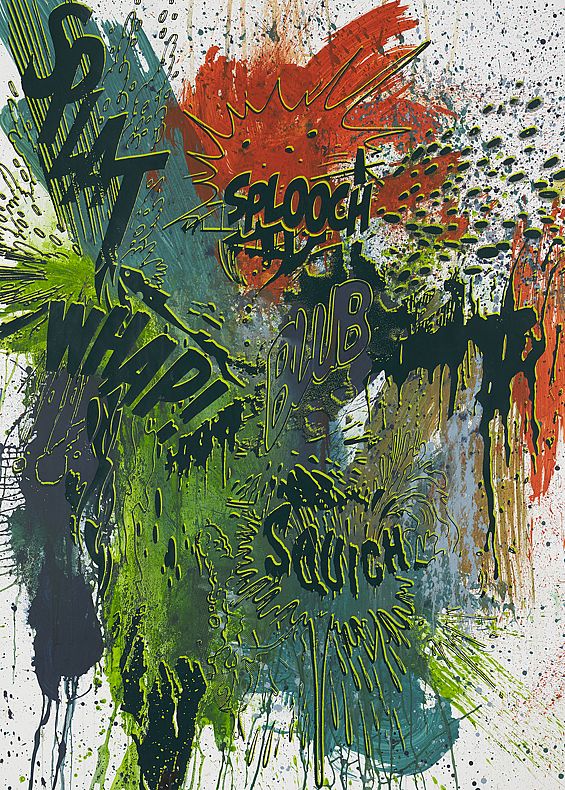
-
Fr 29 June 2018
(Art) Market Outlook
The art market is evolving to embrace new trends, digital advancements, and young, experimental artists. Rebecca Jennings from the Fine Art Group explains them all.

-
Fr 18 May 2018
Julius Baer Foundation co-benefactor of Post-Photography Prototyping Prize (P3) in London
The Fotomuseum Winterthur and the Julius Baer Foundation awarded the Post-Photography Prototyping Prize (P3) at the Photographers’ Gallery in London on 16 May 2018. First conferred in 2016, P3 is a biennial award that supports artists, creative technologists and researchers questioning the changing role of photographic media.
-
Sa 22 February 2018
Julius Baer continues sponsorship of Art Fair Philippines
Julius Baer is proud to be the exclusive international Co-Presenter of Art Fair Philippines ('ArtFairPh'), which will open its door officially to the public from 1 to 4 March, 2018. In its third year of partnership with ArtFairPh, Julius Baer will show some of the photography pieces from the Julius Baer Art Collection in the Philippines for the first time.
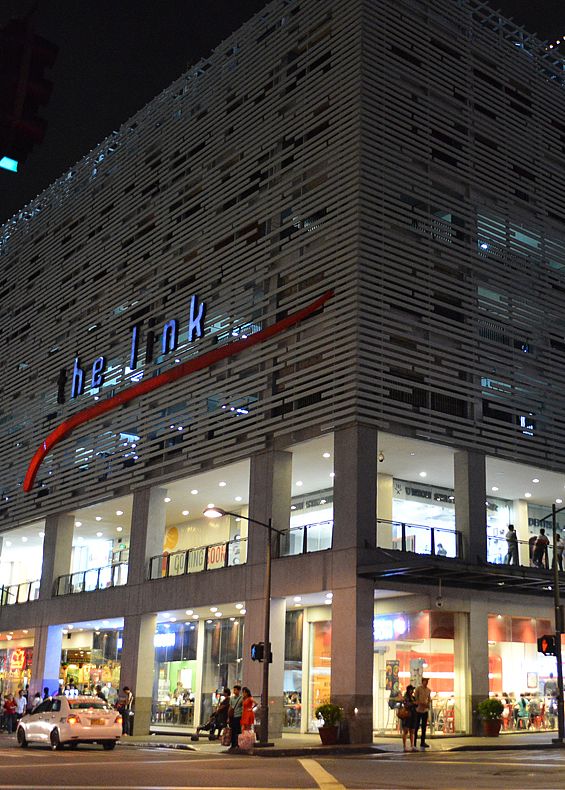
-
Mo 19 February 2018
Swiss-Egyptian artist Karim Noureldin at Art Dubai
Julius Baer will be presenting two exclusively developed textile artworks by Swiss-Egyptian artist Karim Noureldin at Art Dubai between March 21 to March 24, 2018. This marks the fourth consecutive year that the bank is extending its support to the leading international art fair in the Middle East, Africa and South Asia.
